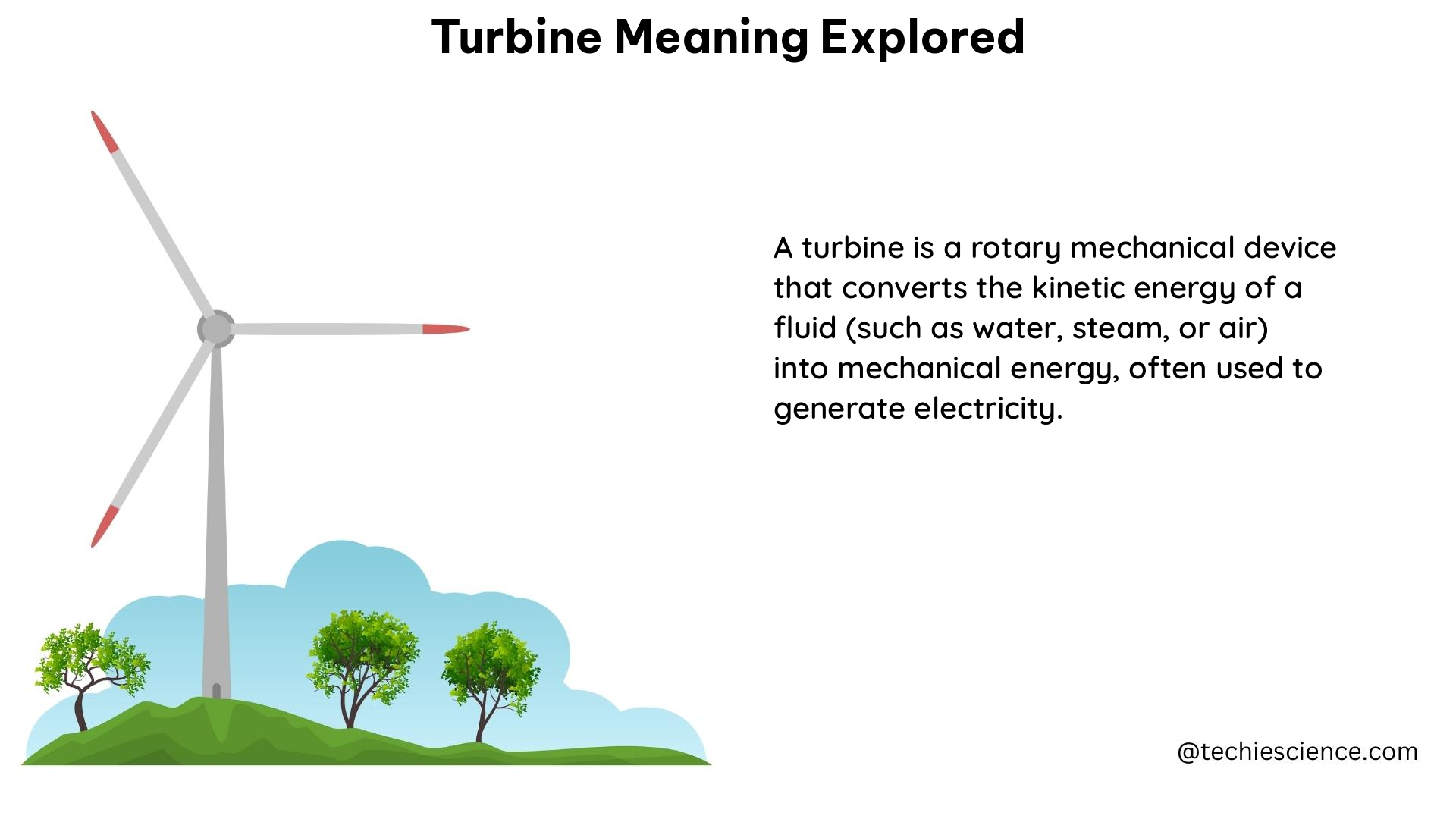Turbines are machines that convert fluid or air energy into usable work or electricity, playing a crucial role in various industries, including power generation and aerospace. The efficiency of turbines is a significant concern, with engineers and researchers constantly working to enhance aerodynamic designs and materials to maximize energy conversion and minimize energy losses.
Understanding Turbine Power Performance
In the context of wind energy, the power performance of a wind turbine can be visualized as a power curve, showing the power output as a function of wind speed. The power performance is a clear measure of a wind turbine’s capability of producing electric power. Wind turbine manufacturers and service providers often use the wind turbine manufacturer operator software and nacelle anemometer-based power curves as the primary tools for analyzing past events and their impact on power performance.
Power Curve Analysis
- Power curves are typically provided by wind turbine manufacturers and represent the relationship between wind speed and power output.
- These curves are essential for estimating the energy production of a wind turbine at a specific site, as they account for the turbine’s design and performance characteristics.
- Power curves can be influenced by various factors, such as air density, turbulence intensity, and wind shear, which can affect the turbine’s power output.
- Analyzing power curves can help identify performance issues, such as blade degradation, yaw misalignment, or grid connection problems, and guide maintenance and optimization strategies.
Nacelle Anemometer-based Power Curves
- Nacelle anemometers are installed on the turbine’s nacelle, providing real-time wind speed measurements at the turbine’s location.
- Nacelle anemometer-based power curves are derived from the turbine’s actual power output and the corresponding wind speed measurements, providing a more accurate representation of the turbine’s performance under site-specific conditions.
- These power curves are used by wind turbine manufacturers and service providers to monitor the turbine’s performance, detect anomalies, and optimize its operation.
Exploring Wind Turbine Wakes

Wind turbine wakes, the region downstream of a wind turbine where the wind speed and turbulence are reduced, significantly impact the power output of downstream turbines. Research has been conducted to quantify the relationship between wind turbine spacing and wake losses for realistic layout configurations.
Wake Impacts on Power Output
- Wind turbine wakes can reduce the wind speed and increase the turbulence intensity in the downstream region, leading to decreased power output for the affected turbines.
- The magnitude of wake effects depends on factors such as the turbine’s size, rotor design, and the atmospheric conditions, including wind speed, wind direction, and atmospheric stability.
- Wake losses can be significant, especially in wind farms with closely spaced turbines, and can account for up to 20% of the total wind farm’s power production.
Wake Modeling and Evaluation
- Researchers have used conditionally sampled data from offshore wind farms, such as Nysted and Horns Rev, to study the wake effects and evaluate wake models.
- The data has been used to determine the downwind distance where lateral wake merging is observed, providing a more comprehensive understanding of wake dynamics.
- These studies have contributed to the development of more accurate and robust wind turbine wake models, which are essential for optimizing wind farm layouts and improving energy production.
Quantifying Wind Energy Potential
The power density (WPD) is a quantitative measure of the wind energy available at any location. It is calculated as the mean annual power production per unit area and is expressed in watts per square meter (W/m²).
Calculating Wind Power Density
- The wind power density is calculated using the formula: WPD = 0.5 × ρ × v³, where ρ is the air density (typically around 1.225 kg/m³ at sea level) and v is the wind speed.
- The WPD takes into account the cube of the wind speed, which means that small changes in wind speed can have a significant impact on the available wind energy.
- Accurate wind speed measurements and long-term data are essential for reliable WPD calculations, as wind speeds can vary significantly across different locations and over time.
Applications of Wind Power Density
- The WPD can be used to compare the wind energy potential of different locations and identify the most suitable sites for wind farm development.
- It helps determine the optimal turbine size and placement within a wind farm, ensuring the efficient utilization of the available wind resources.
- WPD data is also used in feasibility studies, wind resource assessments, and the planning and design of wind energy projects.
By understanding the technical details and quantitative measures related to turbine power performance, wake impacts, and wind energy potential, engineers, researchers, and industry professionals can make informed decisions and optimize the design, operation, and deployment of turbines in various applications.
Reference:
- Quantifying the Impact of Wind Turbine Wakes on Power Output at Offshore Wind Farms
- Evaluation of Wind Turbine Wake Models for Wind Energy Applications
- What is a Turbine?
- Wind Turbine Power Performance Testing
- Wind Turbine

The lambdageeks.com Core SME Team is a group of experienced subject matter experts from diverse scientific and technical fields including Physics, Chemistry, Technology,Electronics & Electrical Engineering, Automotive, Mechanical Engineering. Our team collaborates to create high-quality, well-researched articles on a wide range of science and technology topics for the lambdageeks.com website.
All Our Senior SME are having more than 7 Years of experience in the respective fields . They are either Working Industry Professionals or assocaited With different Universities. Refer Our Authors Page to get to know About our Core SMEs.